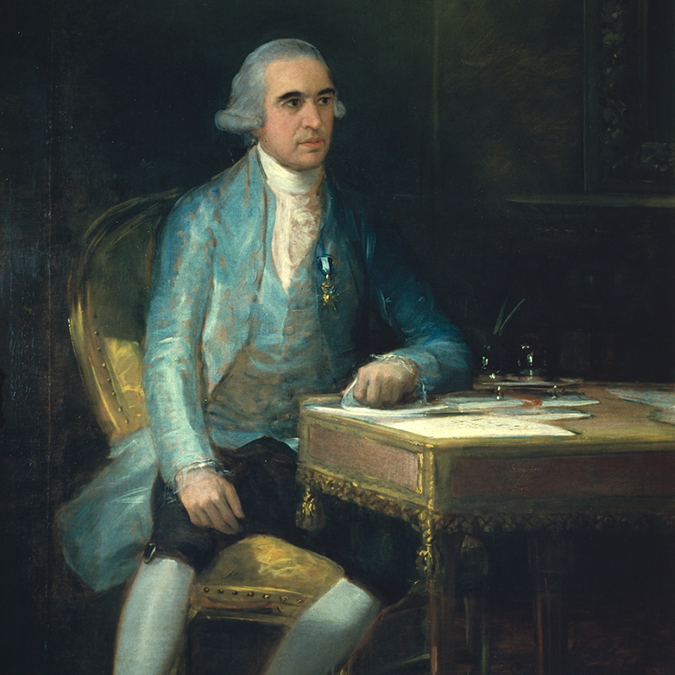
Francisco de Goya, Portrait of Francisco de Saavedra
Francisco de Goya, Portrait of Francisco de Saavedra: the pigment analysis of this large and impressive painting.

Francisco de Goya, Portrait of Francisco de Saavedra: the pigment analysis of this large and impressive painting.
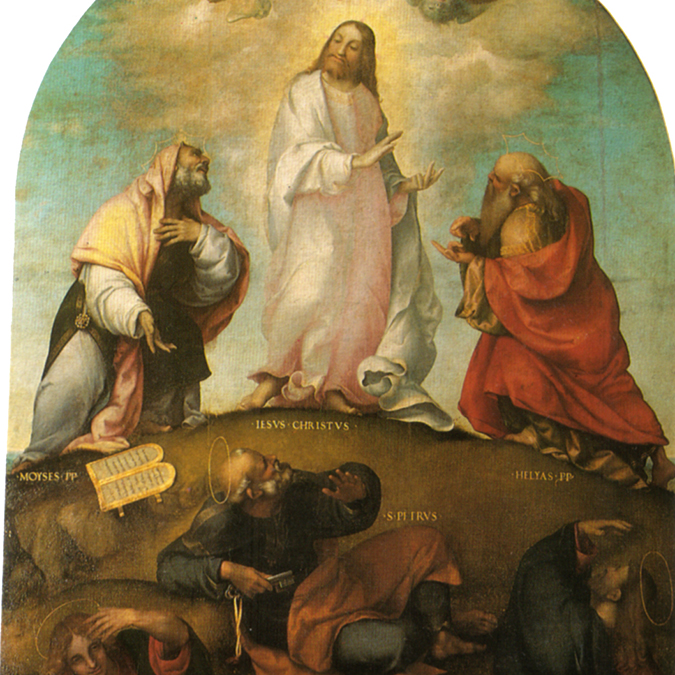
Lorenzo Lotto, Transfiguration of Christ: Pigment analysis of the painting of the Gospel episode painted in 1510–1512.
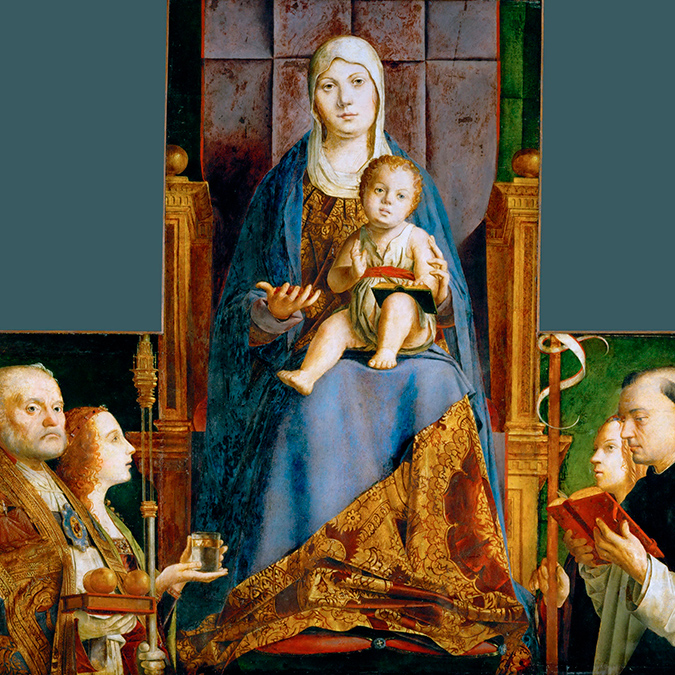
Antonello da Messina, San Cassiano Altarpiece: Pigment analysis with ample information data about this important painting.
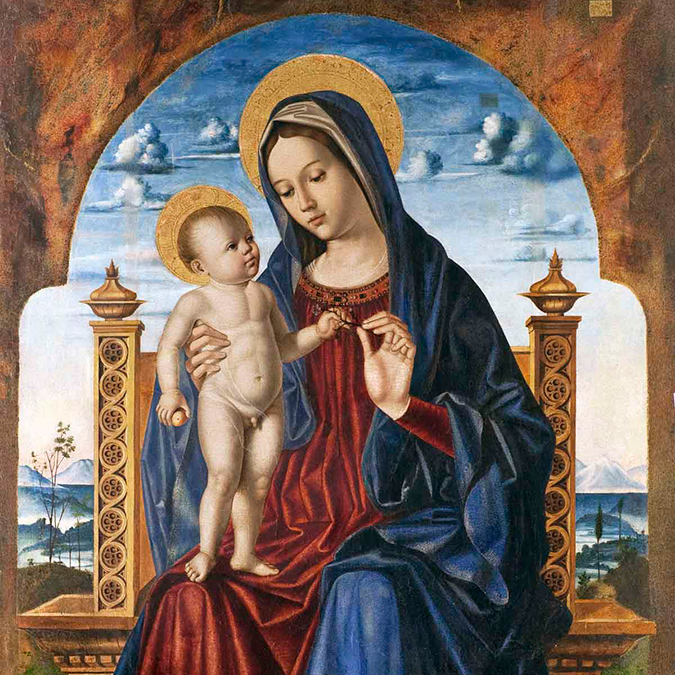
Antonello di Saliba, Virgin with the Child: The pigment analysis and other relevant information on this Renaissance painting.
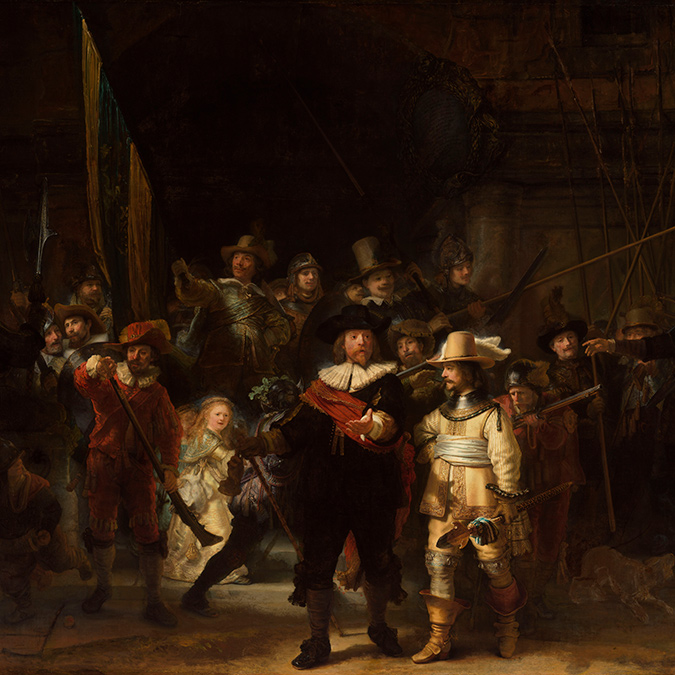
Rembrandt, The Night Watch: Pigment analysis and other relevant information on the painting technique and pigments used by the painter.
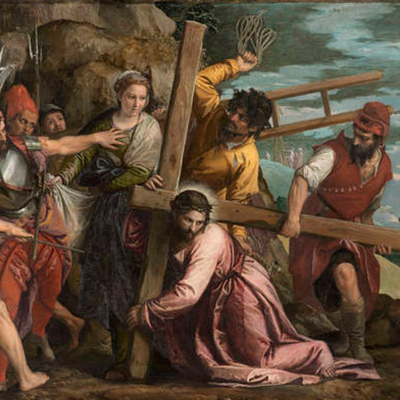
Veronese, Christ bearing the cross, produced around 1571 on commission for the Cuccina family of Venetian cloth merchants.
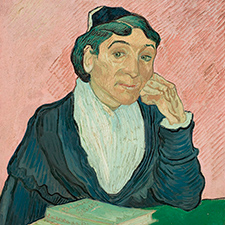
Van Gogh, The Arlesienne depicts a portrait of Madame Ginoux, the proprietress of the Café de la Gare in Arles.
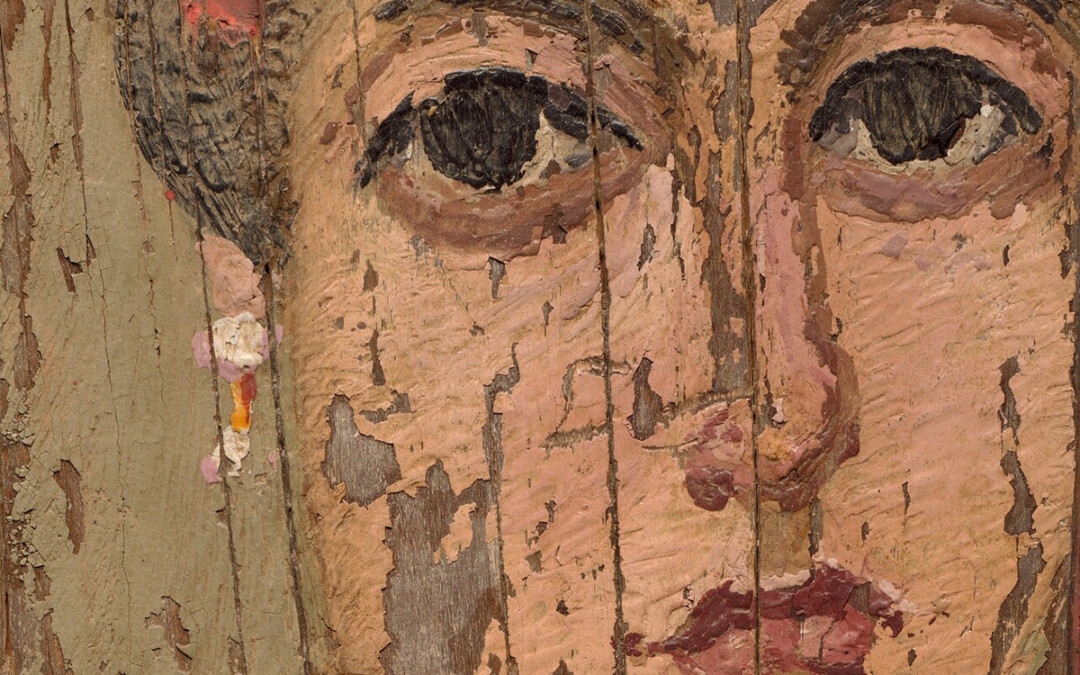
Fayum mummy portrait of a woman is a work of art executed in encaustic technique on wood which has been created around 2nd century A.D.
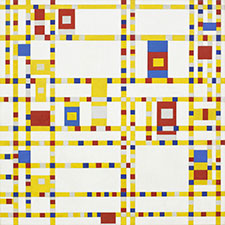
Piet Mondrian, Broadway Boogie Woogie: The pigment analysis of the second to last painting of the artist painted while he lived in New York

Renoir, Woman tying her shoe is one of the last paintings by Renoir. The pigment analysis gives insight into artist’s painting technique.
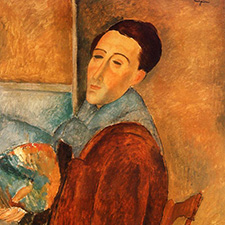
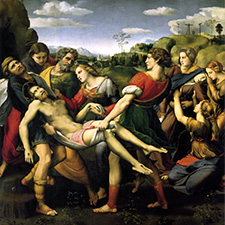
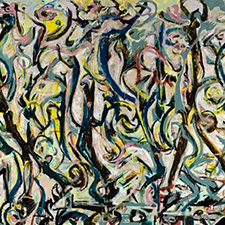
Jackson Pollock, Mural is a monumental painting ordered by Peggy Guggenheim combining the traditional easel painting and the art of the large mural.
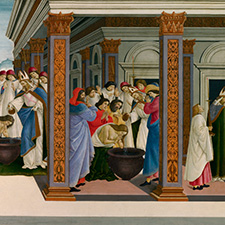
Sandro Botticelli, Four Scenes from the Early Life of Saint Zenobius is one of the series of four paintings depicting episodes from the life of the patron saint of the city of Florence.
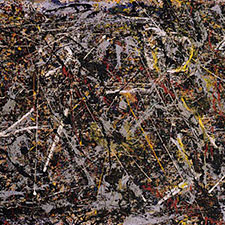
Jackson Pollock, Alchemy is one of the seminal works of the abstract expressionism executed in Pollock’s unique action painting style.
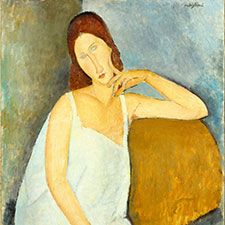
Amadeo Modigliani, Jeanne Hébuterne: the pigment analysis of this softly glowing and swiftly executed portrait of the artist’s wife in her pregnancy.

Amadeo Modigliani, Portrait of a Young Woman: the pigment analysis revealed a limited palette with the exception of the rather rare chrome orange.
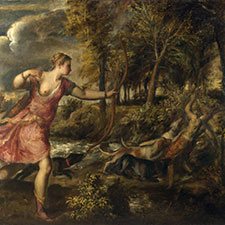
An extensive collection of information on the pigment analysis and other artistic and technical aspects of Titian, Death of Actaeon.
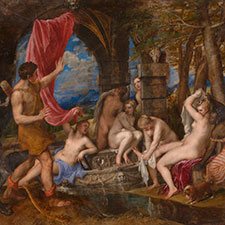
An extensive collection of information on the pigment analysis and other artistic and technical aspects of Titian, Diana and Actaeon.
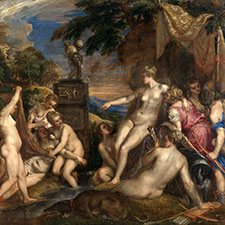
An extensive collection of information on the pigment analysis and other artistic and technical aspects of Titian, Diana and Callisto.

Pablo Picasso, ‘The Blue Room’ is a work from his Blue period. The recent scientific analysis discovered a hidden portrait of a man beneath the surface of the painting.
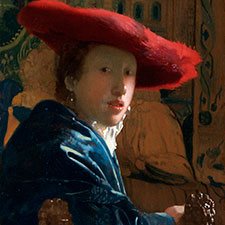
Johannes Vermeer, ‘Girl with a Red Hat’ is one of the two Vermeer’s paintings painted on a wooden panel and is his smallest but one of his most beloved works.

Johannes Vermeer, ‘The Concert’ is one of the several paintings depicting domestic scenes with the protagonists engaged in playing musical instruments.
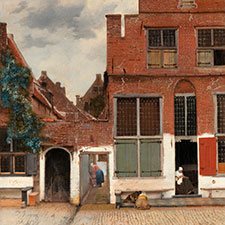
Vermeer, ‘A little street’ is an unusual painting in Vermeer’s work and also in its time showing an unspectacular line of ordinary houses.
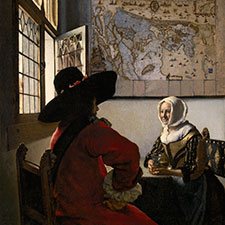
Vermeer, ‘Officer and Laughing Girl’ is one of his first mature works showing masterful handling of light and space and deliberate choice of pigments.
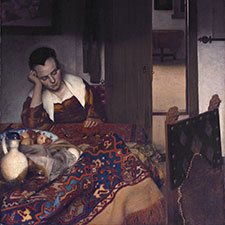
Vermeer, ‘A Maid Asleep’ is most probably the first of Vermeer’s genre paintings depicting a woman or a girl in a household setting.
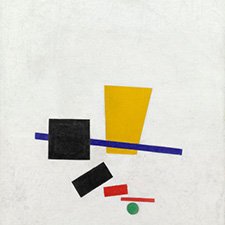
‘Malevich, Painterly Realism of a Football Player’ is a bold and dynamic composition which is one of the first and most important abstract paintings.
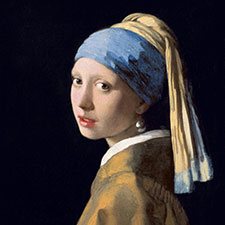
An extensive collection of information on the pigment analysis and other artistic and technical aspects of Vermeer, Girl with a Pearl Earring.
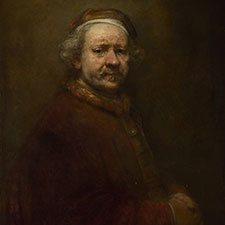
Rembrandt, Self-Portrait at the Age of 63 shows the painter in the last year of his life as an old man but still fully confident and self-assured.
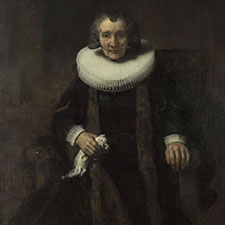
Rembrandt, Portrait of Margaretha de Geer is an example of Rembrandt’s popularity as a portrait painter in the last decade of his life.
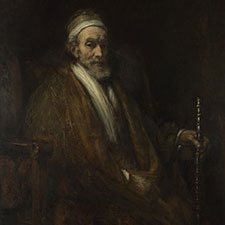
Rembrandt, Portrait of Jacob Trip and its companion portrait of his wife Margaretha de Geer are examples of Rembrandt’s popularity as a portrait painter in the last decade of his life. The family of the Dordrecht merchant Jacob Trip was one of the richest in Holland.

Rembrandt, ‘An Elderly Man as Saint Paul’ shows the apostle with a book and a sword as his attributes.
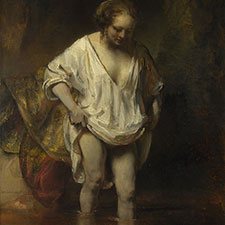
Rembrandt, A Woman bathing in a Stream is an exceptional work in its spontaneity and perfection. The model is most probably Hendrickje Stoffels.
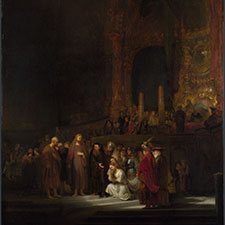
Rembrandt, The Woman taken in Adultery a masterful depiction of the well-known Bible story showing an exceptional handling of color.
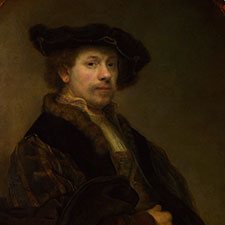
Rembrandt, ‘Self-Portrait at the Age of 34’ shows the artist at the height of his fame in rich and elegant clothing. The pose was inspired by Titian’s and Dürer’s portraits.
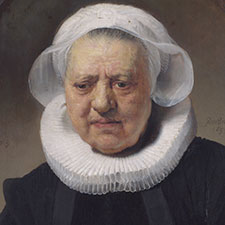
Rembrandt, Portrait of Aechje Claesdr. The masterfully executed black dress and white ruff complement the expressive countenance of the old woman.
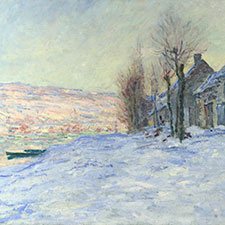
Claude Monet, ‘Lavacourt under snow’ is a mature work showing a refined and simplified technique compared to the older works.
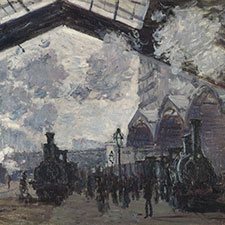
Monet, ‘The Gare Saint-Lazare’ is one of twelve paintings with the same subject. The rather special painting technique is described in the following text.
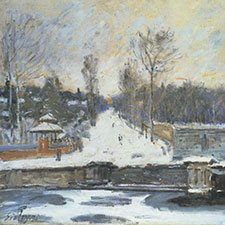
Sisley, The Watering Place at Marly-le-Roi: the pigment analysis revealed a limited palette of cobalt blue, red lake, viridian red ochre and chrome yellow.
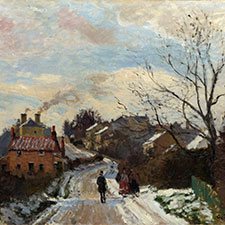
Pissarro, Fox Hill, Upper Norwood is one of the paintings executed during the stay of the painter in London. It was painted rapidly using the wet-in-wet technique.
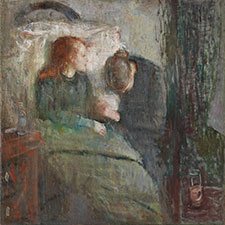
The Sick Child is one of Munch’s early works. The pigment analysis reveals an exceedingly rich palette and elaborate handling of colour.
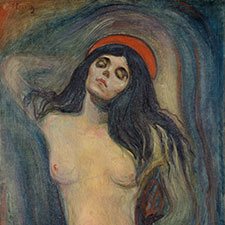
The pigment analysis shows that Munch used a multitude of old and modern pigments to achieve the expressive colour harmony.
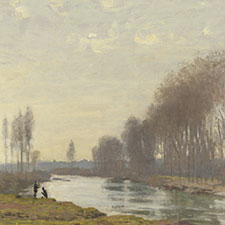
The Petit Bras of the Seine at Argenteuil is painted with mixtures of bright pigments having a much duller appearance than the pure pigments themselves.
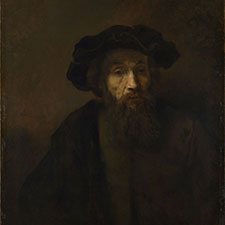
The pigment analysis of this character study (tronie) reveals a palette consisting of ochres, bone black, red lake and vermilion.
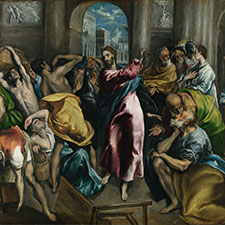
El Greco, Christ driving the Traders from the Temple: The scene is unusual in that it is the only occurrence where Christ resorted to physical violence.
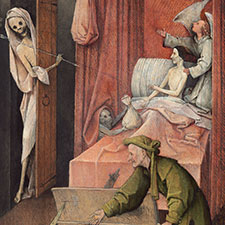
An extensive collection of information on the pigment analysis and other artistic and technical aspects of Hieronymus Bosch, The Death and the Miser.
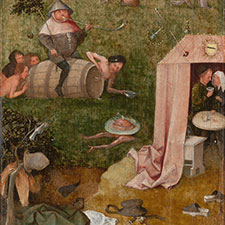
‘Gluttony and Lust’ is another one of Bosch’s paintings depicting the sinful ways of Man. It was originally the lower section of ‘The Ship of Fools’.

Bosch’s ‘The Ship of Fools’ shows a boatload of merrymakers indulging in earthly pleasures and unwittingly sailing towards their doom.
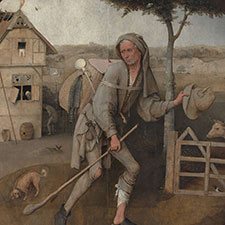
‘The Wayfarer’ was part of a triptych which was later dismantled. The interpretation of the painting is subject to intense discussion.

‘Visions of the Hereafter’ polyptych consists of two panels depicting scenes from Hell and two panels showing scenes from Paradise. The original arrangement and purpose of the panels are not known.